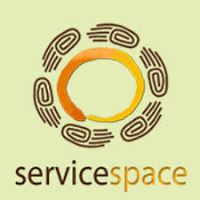
Written by Janis Daddona.
Have you ever sat down with your doctor and talked about your brain—heart to heart? Neither have I. But that’s exactly what happened in our Forest Call with Dr. James Doty.
Apparently he is capable of living several lives simultaneously. Among other things
– He is a neurosurgeon with top ratings from the Consumer Research Council of America.
– He is the founder and Clinical Director of the Center for Compassion and Altruism Research and Education (CCARE) at Stanford University.
– He is an inventor of surgical instruments and an entrepreneur.
– He is a philanthropist whose gifts support global health and peace initiatives as well as major universities.
– He also serves on numerous boards and as an advisor to nonprofit organizations as diverse as the Association of Medical Ethics and the Council for a Parliament of the Worlds Religions.
But he is no stranger to struggle. He served as a caregiver in a family whose mother was an invalid and father suffered from alcoholism. They were on public assistance all that time. As he said, “At that age you feel like a leaf being blown by an ill wind.” He witnessed the indifference of those with money and influence, but also the compassion and generosity of those with nothing, and it made an impact. At age 13 he wandered into a magic store and had a serendipitous conversation with the mother of the owner who was there. She took a tender interest in him and said, “If you come back every day for six weeks, I’ll teach you something.” He did. And what he learned was the practice of mindfulness, envisioning, positive thinking, and making his choices his own and no one else’s. The lessons were transformational. Magic indeed! It put him on an amazing path that defied the odds and led him to medical school, neurosurgery, and a persistent curiosity about the power of compassion and neuroplasticity. What he learned is that the brain has an amazing capacity to grow in compassion. That in turn plays a huge role in our physical and psychological health. We benefit ourselves and others when we practice it.
To read the full article, click here.

Leave a Reply